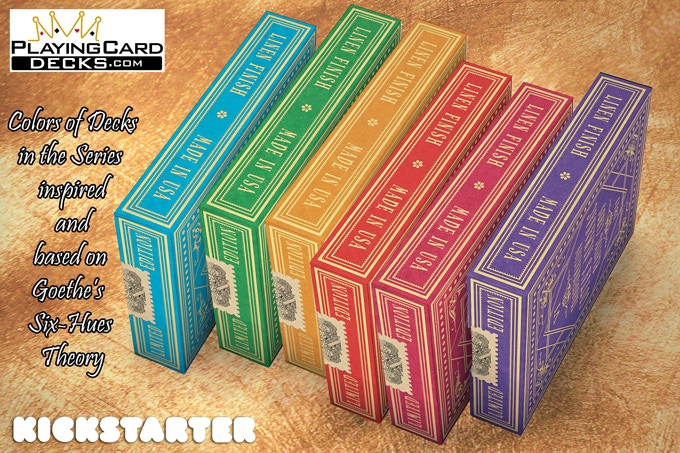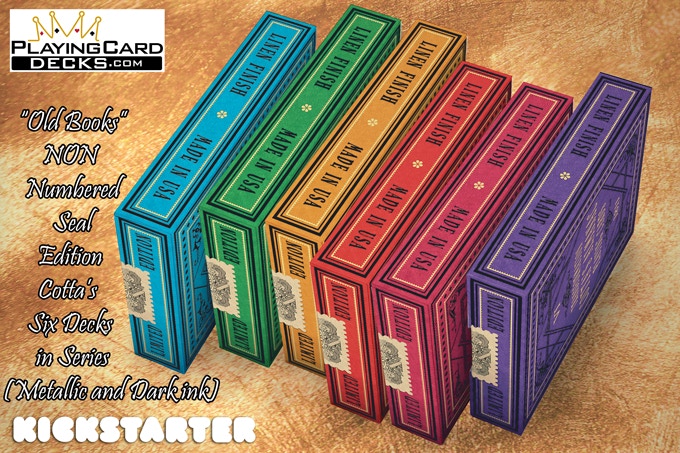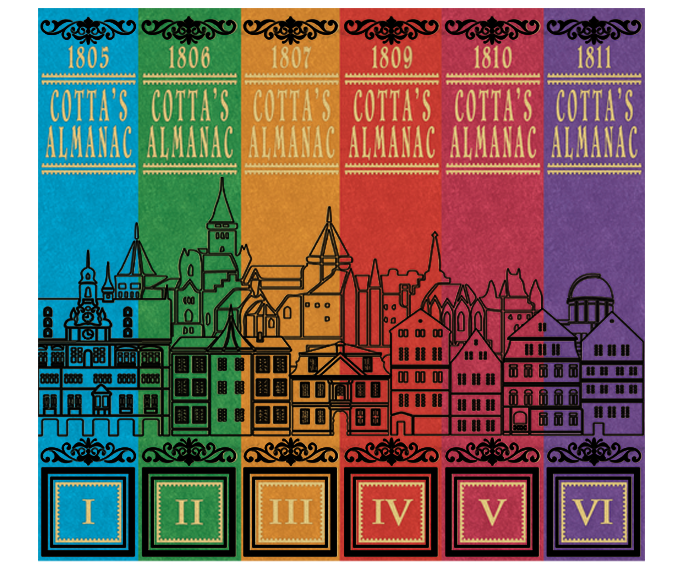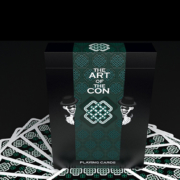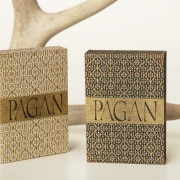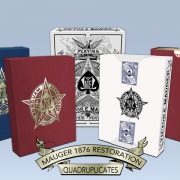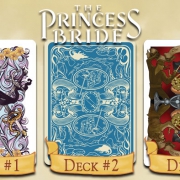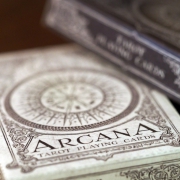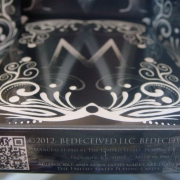COTTA’s ALMANAC #2 Playing Cards. The second in a high-quality historical restoration series
A few months ago Will Roya (PlayingCardsDecks.com) offered us the first in a series of transformation decks. Now, and with overwhelming success, he has just released the second one: COTTA’S ALMANAC #2.
This project stems from painstaking research on transformation cards and their origins coupled with Will’s interest in rescuing cards from the past in high-quality restorations thanks to the meticulous work by Azure-Ox. This research aimed to find the first transformation deck and the investigations led to 1804, the year in which Johann Freidrich Cotta, owner of the JG Cotta publishing house in Tübingen (Germany), produced the first in a series of card almanacs that would continue to be printed in successive years up to a total of six between 1805 and 1811.
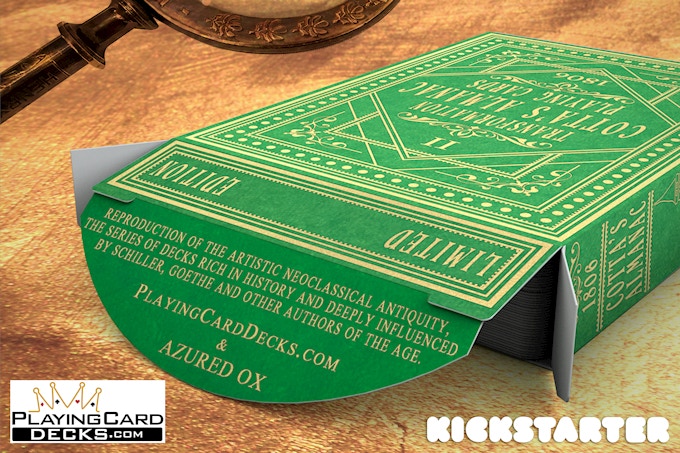
Each deck incorporated 52 cards for each of the 52 weeks of the year (these cards were not intended for a game) and addressed a different theme. This second deck, Andromaque, takes its name from the tragedy in five acts of the playwright Jean Racine, first performed in 1667 and whose theme is inspired by characters from Greek mythology in the famous episode of the Trojan War, so the court cards show characters from classical antiquity and biblical figures.
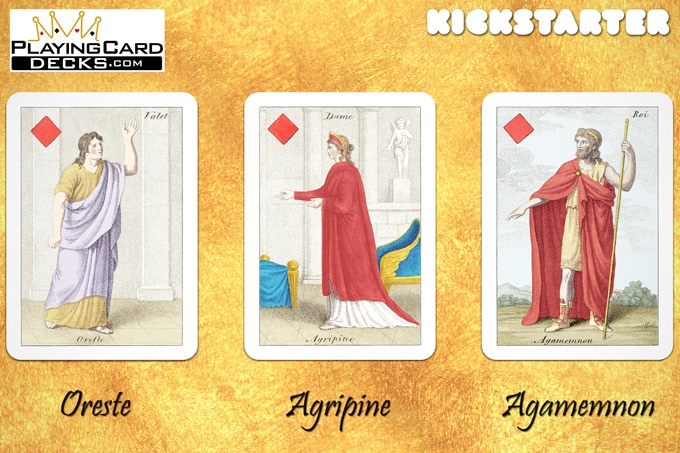
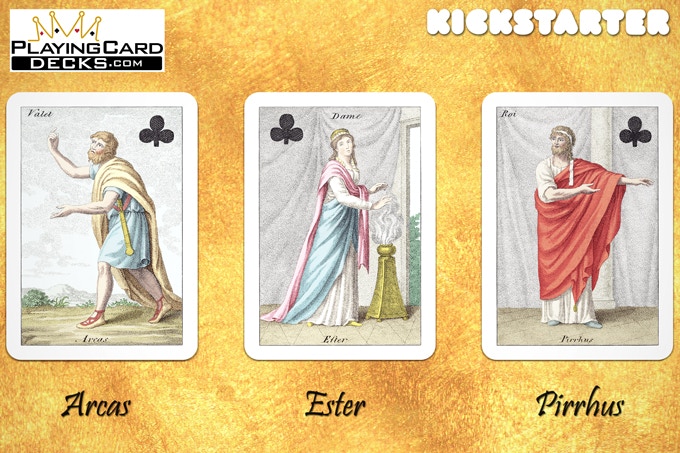

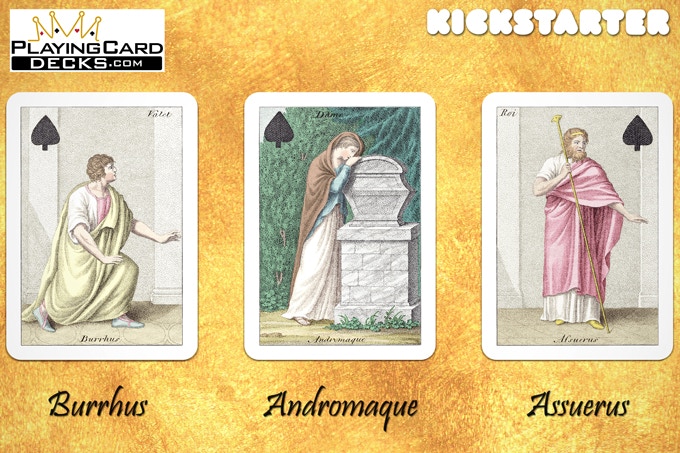
Although the numbered cards do not seem to have any specific connection, they depict monochrome scenes playing with the pips on transformation cards.
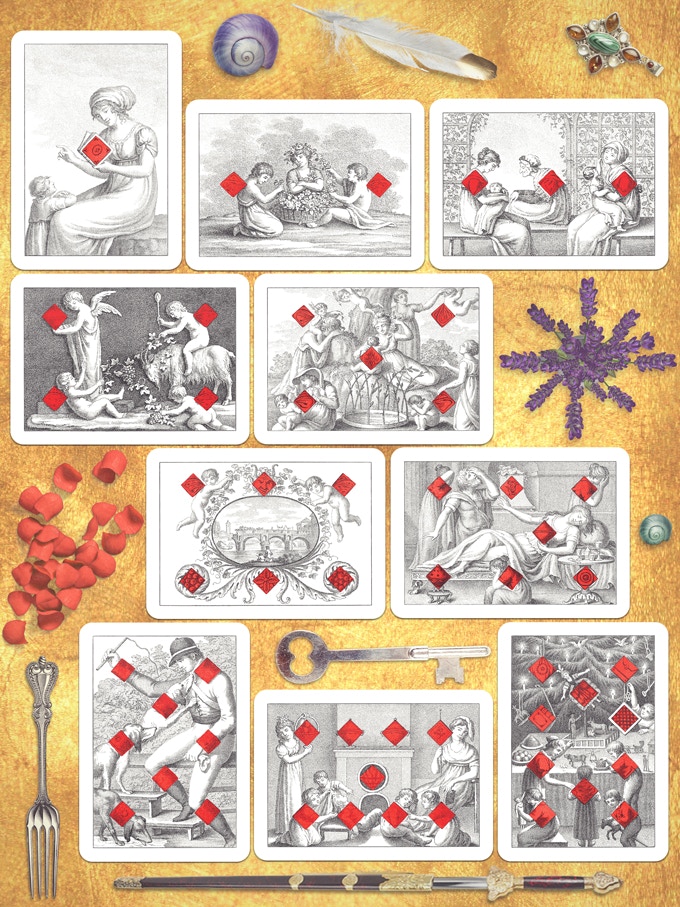
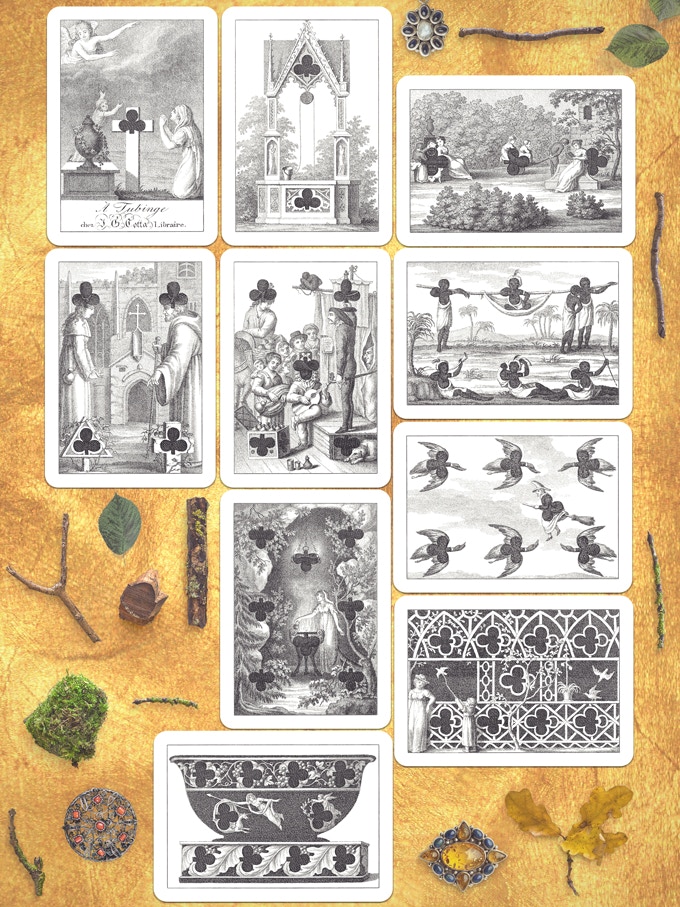
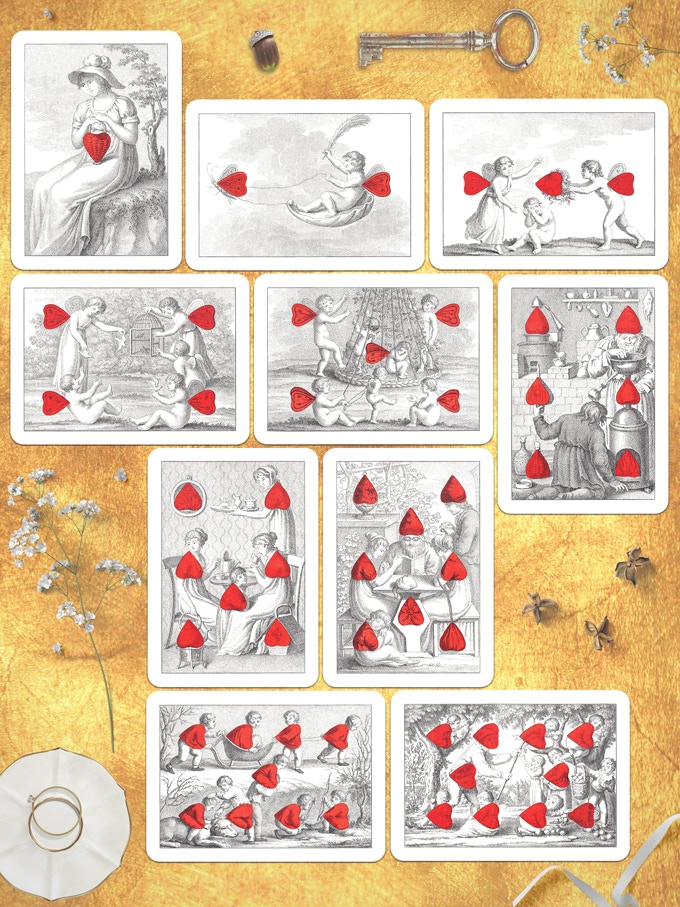
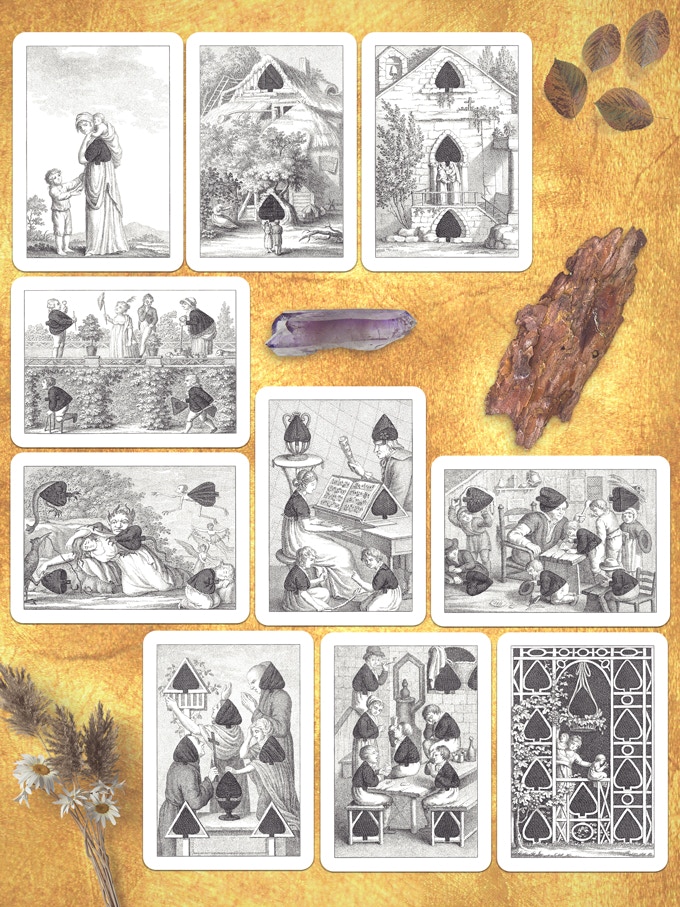
For the series, very unique tuck cases have been designed. The creators have used a color scheme based on Goethe’s experimental theory of optics and color, much better known for his essential role in German literature of the time (and good friend of Schiller). This theory talks about the psychological impact of colors on human emotions, something that inspired other scientists, philosophers and artists. The tuck case will look like a book and the spines of all the decks in the series together form a panorama of Cotta’s hometown of Tübingen.
Since the original cards had blank backs, matching color backs have been designed with a classic symmetrical pattern. In this case, both backs and tuck case will be emerald green and use metallic ink.
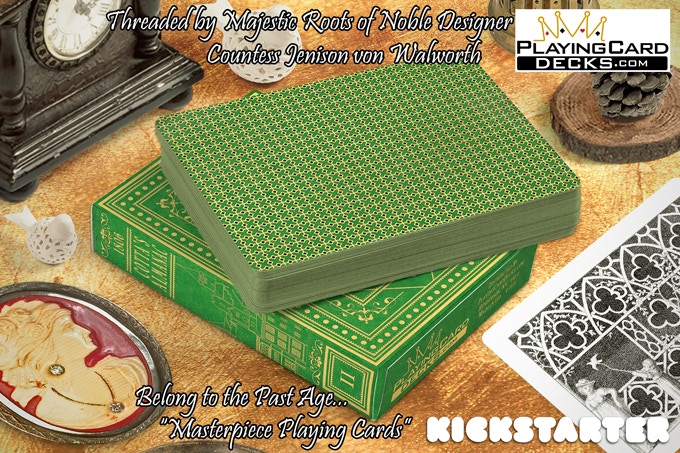
The decks will be printed by the USPCC and will have a recreation of the 52 cards plus two jokers and two extra collectible cards.
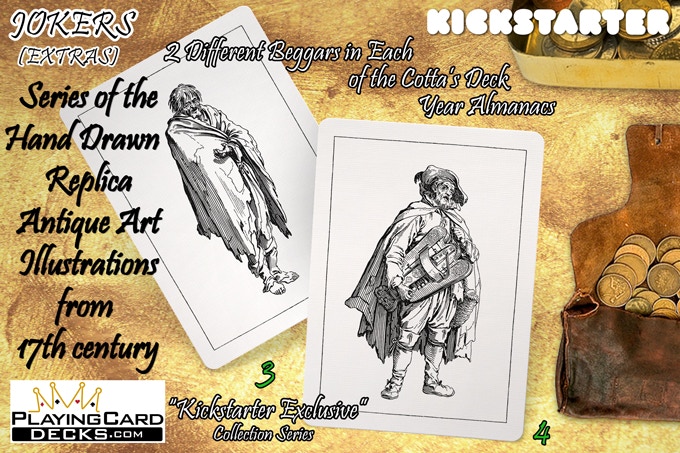
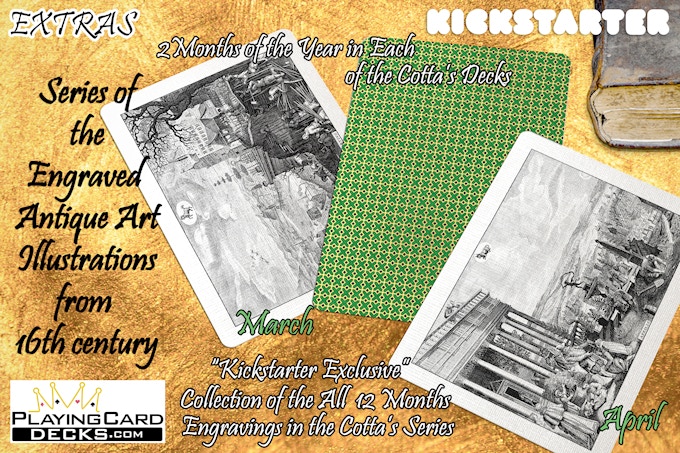
Two limited editions will be printed. The numbered edition, with a print run of 1000 decks, and the Standard Edition, with the same seal (unnumbered) and a slight change in the tuck case with black ink.


This is a collection steeped in history and a high-quality restoration to bring life back to the first transformation decks ever. Do not hesitate, visit the project website and raise your pledge.
Good luck!


